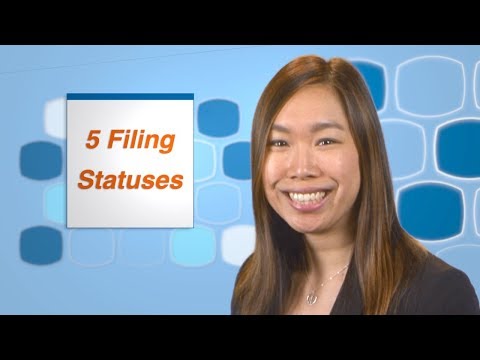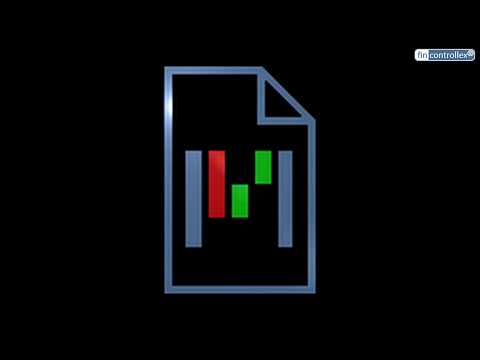Is Your Nonprofit Ready for an Audit? Here’s a Checklist to Help You Prep
Here’s a breakdown of the key phases and typical timelines involved in working with an independent auditor. For clarity and consistency, we’ll primarily focus on independent, external financial audits. However, the other types are also useful tools for maintaining transparency and accountability. Every dollar counts for nonprofits, and an independent audit is the perfect opportunity to check that you’re being as efficient as possible. Plus, going through this process is great for demonstrating transparency among stakeholders.
How To Prepare for the Audit Process
While your organization does not have to pay for an IRS audit, you will have to pay out of pocket for an independent audit. If you have a small organization that is not mandated to obtain an annual audit, that amount of money may not be worth it. Luckily, there are several other options to review your organization’s information instead of a complete audit. Figuring out if your organization is mandated to obtain an annual audit is an important step in your overall compliance with the guidelines and regulations for nonprofits. If your nonprofit is not required to obtain an audit, you may still consider doing so because of the benefits.
Why do nonprofits get audited?
If a trigger like federal grant funding over $750K applies in a given fiscal year, a financial audit is required for that year. However, if your nonprofit falls below the threshold the following year, the audit may no longer be mandatory. It’s important to assess your nonprofit’s needs accordingly and talk with a financial professional if there’s ever any confusion. An audit offers the highest level of assurance, providing a deep dive into your financials.
Nonprofit Financial Tools: What We Use
Then, use their insights to improve internal controls and enhance financial reporting. As a result, your organization will become more efficient and financially healthy, empowering you to invest more in your mission. The financial statements of nonprofit organizations include the statement of financial position, statement of activities, statement of cash flows, and statement of functional expenses.
- Robust accounting systems are essential for tracking and allocating these revenues accurately.
- The audit report serves as a stepping stone to future actions, leading to post-audit implementation and improvement.
- Contrary to popular belief, most audits are not conducted to detect a problem.
- One step leads to the next so the nonprofit firm has a full picture of its financial health.
- A compilation simply organizes your financial records for a specific period in a GAAP-acceptable format without evaluating the accuracy of those records.
- It takes a special kind of person to run a nonprofit business, but here you are!
- An audit helps improve an organization’s financial transparency, builds donor trust, and ensures compliance with regulations.
A good system matches your account entries to nonprofit-specific regulatory requirements, such as IRS, GAAP and state reporting standards. Although centralized, the system can be configured to facilitate access to external auditors so they can run the nonprofit audit remotely. Ideally you will find an auditor who has a greater emphasis on mission alignment and sector-specific challenges compared to those working purely in the business or financial sectors. Not all nonprofits are required to undergo an audit, but there are specific circumstances when it accounting services for nonprofit organizations may be necessary. These events often involve significant donations, ticket sales, and auction proceeds, which need to be accurately reported to ensure compliance with tax regulations.
Financial audit
Agents want to examine the organization’s finances closely so be proactive. If your independent audit is mandated by a government agency and due by a certain date, you will want to keep this timeline in mind as you plan your audit. Make sure to give your organization enough time to complete the audit so you don’t miss the due date or have to file an extension. Now that you know the benefits of obtaining an audit, even if you are not required to, let’s focus on the important distinction between independent audits and the IRS audits mentioned earlier.
Deadlines are paramount, and proper checks can prevent filing errors and uphold accountability. Nonprofit audits are more than just a statutory requirement; they serve as a powerful tool for organizations to enhance credibility, identify improvement opportunities, and maintain legal and regulatory compliance. Compliance audits are another key type, focusing on whether the organization adheres to external laws and regulations.
Related Organizational Management Articles
Click on a state in the map below to find a link to the state law that governs audit requirements (if applicable) for charitable nonprofits in that state. This article will cover when and why an independent auditor is necessary for a nonprofit organization as well as the generally accepted accounting principles that serve best when a financial audit is necessary. The Susan S. Lewis CPA firm performs audit services in Chicago and nationally. As with normal taxes and audits, nonprofit audits can be a very complicated, confusing subject. Whether your organization is undergoing an IRS audit, is mandated to obtain a yearly independent audit, or is not required to audit at all, this article presents you with what you can expect in each scenario. With this information, your organization should be better prepared for any auditing situation.
- This firm should be one that not only understands the intricacies of nonprofit financial statements but one that also has a reputation for thoroughness and integrity.
- An independent nonprofit audit involves an examination of your organization’s financial records, accounting practices, internal controls, transactions, and financial statements.
- No other report, review, or statement inspires more confidence than an audit.
- An audit committee is a team of employees or volunteers assembled to manage the oversight of financial statements and included disclosures, auditing policies and preparation, and internal controls.
- If an audit is required by law, or if a third party has strict requirements that the nonprofit conduct an audit, a review or compilation will not satisfy that requirement.
Become a Stronger Grant Writer in Just 5 Minutes
State requirements may vary, so always keep financial records for at least seven years. Implementing and making changes to https://greatercollinwood.org/main-benefits-of-accounting-services-for-nonprofit-organizations/ your processes and internal controls after an audit can help make future audits even more successful and ease the stresses that these can cause. In the nonprofit world, audits are a normal course of business and should not be something to be nervous about. As soon as you know that you will be obtaining an independent audit, begin the planning process. This blog post outlines three options – including audits – for nonprofits that wish to verify their financials through a CPA. We cover the steps required to complete each option and how to decide which financial service is best for your organization.




